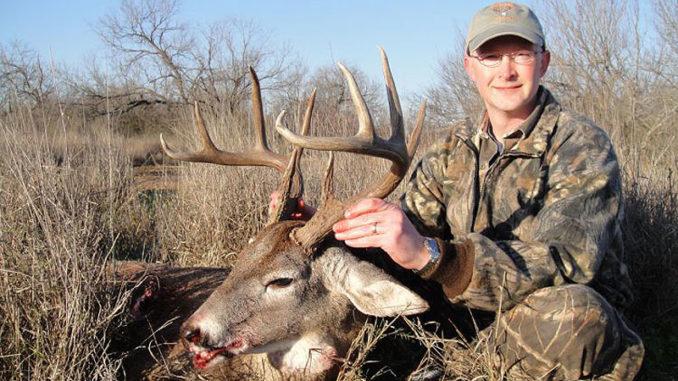
Every hunter has some maxims used to determine best times to be in the woods, but are these guidelines based on facts? These biologists share the truth behind some of the common beliefs.
It’s the middle of hunting season, and you glance at the weather forecast for the weekend: a full moon is on tap.
So you tell your buddies at the camp that you’ll be sleeping in Saturday morning and heading to your stand around midmorning. That’s when the deer will be moving, you tell them.
Or better yet, the weekend forecast shows a big cold front moving through. You get excited because cold weather means deer will be on the move.
You wake up extra early Saturday morning because you can’t sleep — you’re too busy thinking about big bucks perusing your food plot on a bitterly cold morning.
Certain adages you’ve picked up over the years stick with you throughout each hunting season, either from keen observation or passed down to you from a peer. You can’t even remember where you heard them — possibly from your father or grandfather — but deer are creatures that move and feed under certain circumstances that you’ll swear by, come hell or high water.
But have you ever stopped and asked why you think deer move according to phases of the moon? Or what about trying to rationalize why you view cold days as the best ones to spot deer?
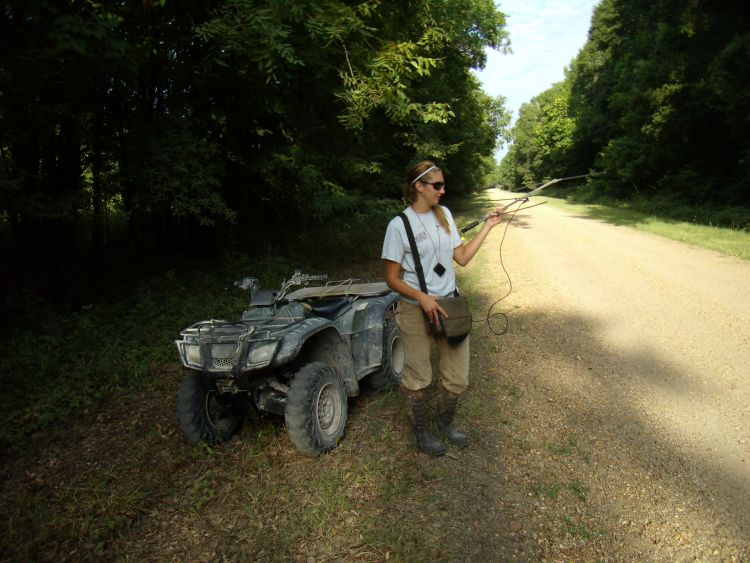
Here are some thoughts from biologists about some of the most-common beliefs espoused by hunters.
Moon movement
“As much appeal as that has, that’s one of those I’ll say is a myth,” biologist Bronson Strickland said about deer movement coinciding with moon phases. “Deer can see fine at night, anyway.
“It’s not like a deer is going to not move at night because there’s not a full moon.”
Strickland, an associate extension professor at Mississippi State University’s Deer Lab, isn’t speaking from hunting observations in his tree stand. Instead, he’s relying on data he and his cohorts have analyzed over the years through meticulous studies that tracked tracking deer with GPS collars or other means.
“There’s never been a relationship with moon phases and increased deer movements,” he said. “There’s no biological support for that, and there’s no evidence for it.”
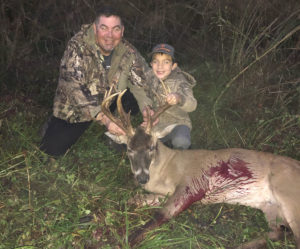
Scott Durham, director of species management for the Louisiana Department of Wildlife and Fisheries, agreed that hedging your bets on deer moving at certain times according to the moon is probably a bad idea. Instead, he advised keeping your attention focused on the early morning hours and twilight, when deer are proven to be the most active.
Durham said he understands how some hunters might have come to associate the moon with deer movement.
But he believes the jump in logic might result from the fact that during deer season — the time of year when most hunters observe whitetail behavior — human traffic increases immensely.
“Think about people filling feeders and checking cameras: I think that disturbance can force deer to become more nocturnal,” Durham said. “It’s more of hunting pressure influencing deer activity than the moon.”
Cold weather
When it comes to deer and cold weather, fronts pushing through the South have become synonymous with hunters heading for the woods.
Those cold fronts get the deer moving and they browse for food more regularly, right?
Not so fast.
Strickland said that, when looking at telemetry and GPS data, researchers have found little relationship between weather — humidity, temperature or barometric pressure — and deer movement.
“It might be that weather is affecting the hunter,” he said. “When it’s cool, the hunter is hunting more hours and seeing more deer. It’s pleasant outside so (hunters are) not moving, not swatting bugs, sitting longer and even are more optimistic about seeing deer.”
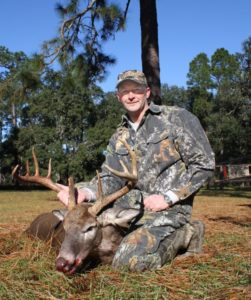
So deer aren’t on the move more simply because it’s colder outside.
The single most important factor that affects deer movement, Strickland said, is the breeding season, which isn’t controlled by weather but rather by the days getting shorter.
“I have to go back to telemetry data and GPS data, and — again — when researchers try to correlate temperatures up or temperatures down, or a rainy day, the relationships are pretty weak,” he said.
Windy days
But what about windy days? Don’t deer bed down on windy days, waiting out the gusts for calmer periods?
“I do think there’s some merit to that,” Durham said. “Deer rely on hearing so much, and it makes sense that if it’s super windy they can’t hear very well.”
Durham said that, through his own anecdotal observations while hunting, he’s noticed deer moving less, perhaps due to noise affecting how well the animals can hear to pinpoint any nearby danger.
But he admitted that’s not always the case.
Strickland, however, again stood by conclusions from studies he’s either conducted or read that point to little correlation between deer movement and weather patterns.
“Are you going to eat everyday?” he asked. “What about if it’s hot outside — will you still eat?
The bottom line is, weather doesn’t typically preclude deer from moving.”
Wounded deer run to water
A lot of hunters have noticed that wounded deer, especially those that are gut shot, will head for water. While science hasn’t had much to say on the topic, it’s something that’s plausible, Strickland said.
“We don’t have any data that would prove that,” he said. “Now, I guess I would say there may be some merit to it.”
According to Strickland, deer with hemorrhagic disease (aka blue tongue) have often been tracked with GPS collars resting for extending periods near water sources. The animals find water because a symptom of the disease is a fever. By finding water, they’re able to submerse themselves and cool off.
“So it would make sense to me but, again, no proof — that the type of wound where infection is raging or the deer’s body temperature gets elevated, maybe it will go to water to cool down,” Strickland said.
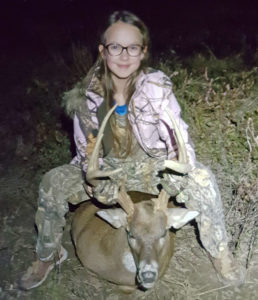
Durham agreed, pointing out that when a deer has an elevated body temperature, it will often seek water to cool off. He’s seen it happen in the field, he said.
“I’ve actually found deer, that I’ve shot (through) one lung next to water a couple times,” Durham said. “If they’re losing blood or have some kind of gut shot, they’re losing moisture or blood pressure, and maybe it’s an innate response to go to water.”
Though Strickland cautioned that just because wounded deer at times seek out water doesn’t mean it’s the rule.
“There are always exceptions to the rule,” he said. “For example, if you would have wounded the deer in December and the ambient temperature is 38, then there may be no need to go to water.”
Human urine spooks deer
The next time you’re hunting and you need to “go,” rest easy knowing deer likely cannot tell the difference between your urine or a raccoon’s — or even that of other deer.
Durham referenced a study conducted in 2000 through Stephen F. Austin State University in Texas by Ben H. Koerth and James C. Kroll titled “That New Car Smell: Deer Responses to Traditional and Non-Traditional Scents in Mock Scrapes.”
This research, Durham pointed out, offers a bit of insight into how deer react to human urine.
Trail cameras were placed near mock scrapes and sprayed with a variety of scents, from doe and human urine to those with a “new car” smell.
When deer browsed near the site, their photos and behaviors were recorded.
“All treatments received visitations by deer,” the report stated. “For bucks, treatments receiving the most visits were scrapes with rutting buck urine and scrapes with human urine.”
The data showed that deer visited all mock-scrape sites regardless of scent.
The authors concluded that a combination of the scents and the mock scrapes elicited curiosity behavior from the deer, rather than causing them to shy away from particular smells.
Strickland said that, instead of smelling the urine from humans, deer are most likely picking up the scent left from hunters’ boots.
That alone is enough to scare them away.
“What might alert the deer? Is it the urine or the footsteps of hunters on the ground?” he asked. “We do know that human scent does scare them.”
The great spike debate
Hunters often are in one of two camps on this issue: shoot every spike or let them grow.
Both sides of the debate come with a variety of rationalizations, but when it comes to science, the answer is clearer.
“I think we have that riddle pretty well solved with all the data collected at a ton of institutions, one of them being Mississippi State University,” Strickland said. “‘Once a spike, always a spike’ is completely false.
“People used to think (a spike is) a genetically inferior animal, and that if you see a spike, that’s what he’s going to be his entire life. That’s just not true.
“Most of the time a spike is simply a younger deer just on his first set of antlers.”
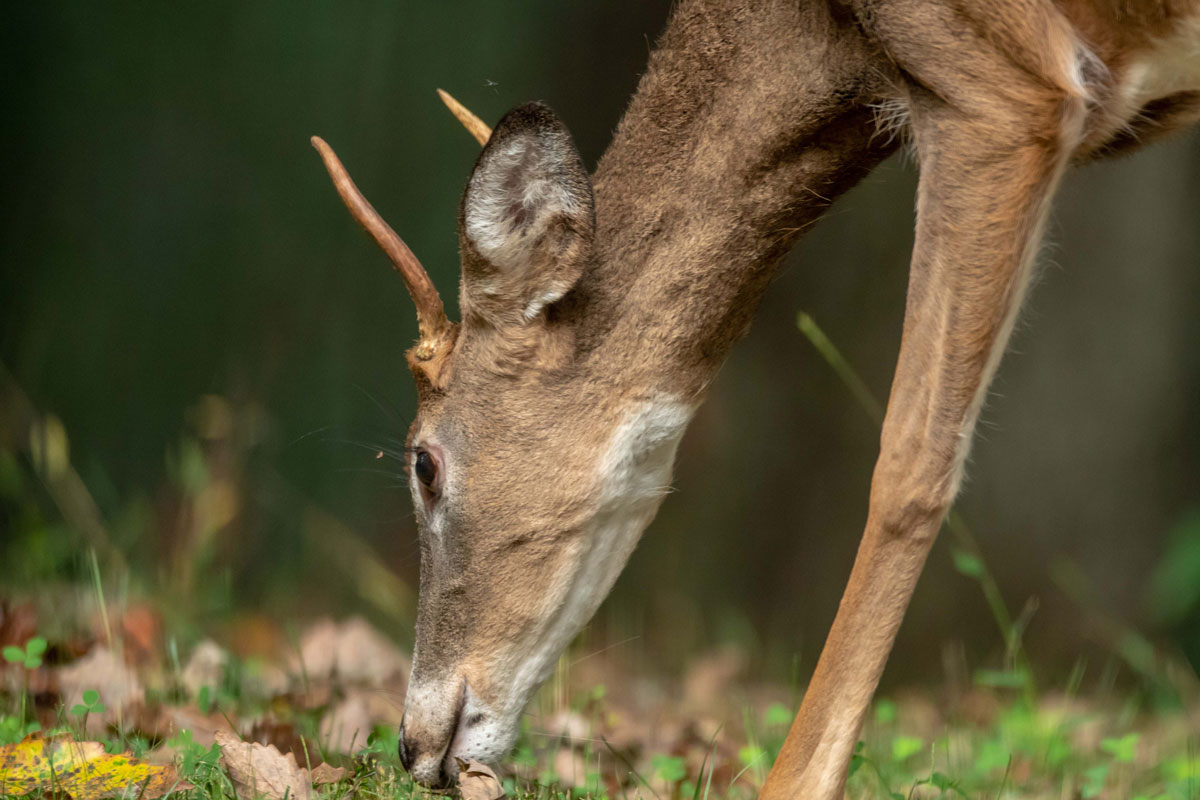
Strickland said areas with late breeding dates have fawns that drop later during the summer. Those young bucks simply don’t have enough time to grow their antlers before the breeding season kicks into gear again and winter sets in.
“There’s literally not enough time the following year for the buck to grow its body enough to allocate resources to grow antlers,” he said. “It’s body first, antlers second.”
In fact, hunters who don’t want spikes in the herd because they feel those genetics are inferior can get themselves into trouble if they’re looking to grow quality bucks, Strickland said.
“Let’s say in some region they decide they want to shoot spikes: you’re not removing inferior deer at all,” he said. “You’re not helping genetics at all. You just shot a bunch of yearling bucks with spikes because they were born a little later in the year.”
Durham noted that Louisiana spikes born later in the year — common in areas like the Atchafalaya Basin — simply don’t have the time to develop.
He conceded that in areas with breeding dates occurring around September like in the western parts of Louisiana, lower-scoring young deer like spikes could be lower-scoring older-aged deer.
However, Durham still advised passing on a 11/2-year-old buck to get a better sense of the deer’s development. Instead, he said to wait until they are 2 or 3 years old before making a decision to harvest.
By that time, deer have started to mature enough for hunters to gauge how they’ll look at full maturity.
But even then, there are still exceptions.
“There are rare, rare instances — and every year there’s one or two — that someone harvests a 2- to 5-year-old buck that’s a spike,” Strickland said. “But that is the exception and not the rule. That is very, very rare.”
Mature bucks’ home range
When it comes to buck movement relating to age, some hunters believe an older whitetail will have a larger home range than a young deer.
While there may be some truth to that, it hasn’t been proven.
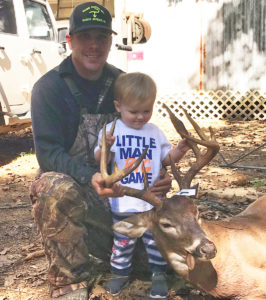
The last Mississippi State study focusing on buck home ranges was about 15 years ago, Strickland said. At the end of that study, general trends were recorded, but there were no conclusive answers.
“Yes and no,” Strickland said when asked if mature bucks have larger home ranges than young deer. “A general trend was probably more-mature and dominant bucks could have larger home ranges. But that’s not the rule. There are lots of exceptions.”
Durham said he’s found through studies conducted in Louisiana that a buck’s home range might actually get smaller as it ages.
But it’s still something that’s tough to proclaim without a doubt, he said.
“Deer are very individualistic,” Durham said. “They all do their own thing. Some have small ranges, some big (ranges); some take long-distance hikes and might set up a temporary home range and come back.”


